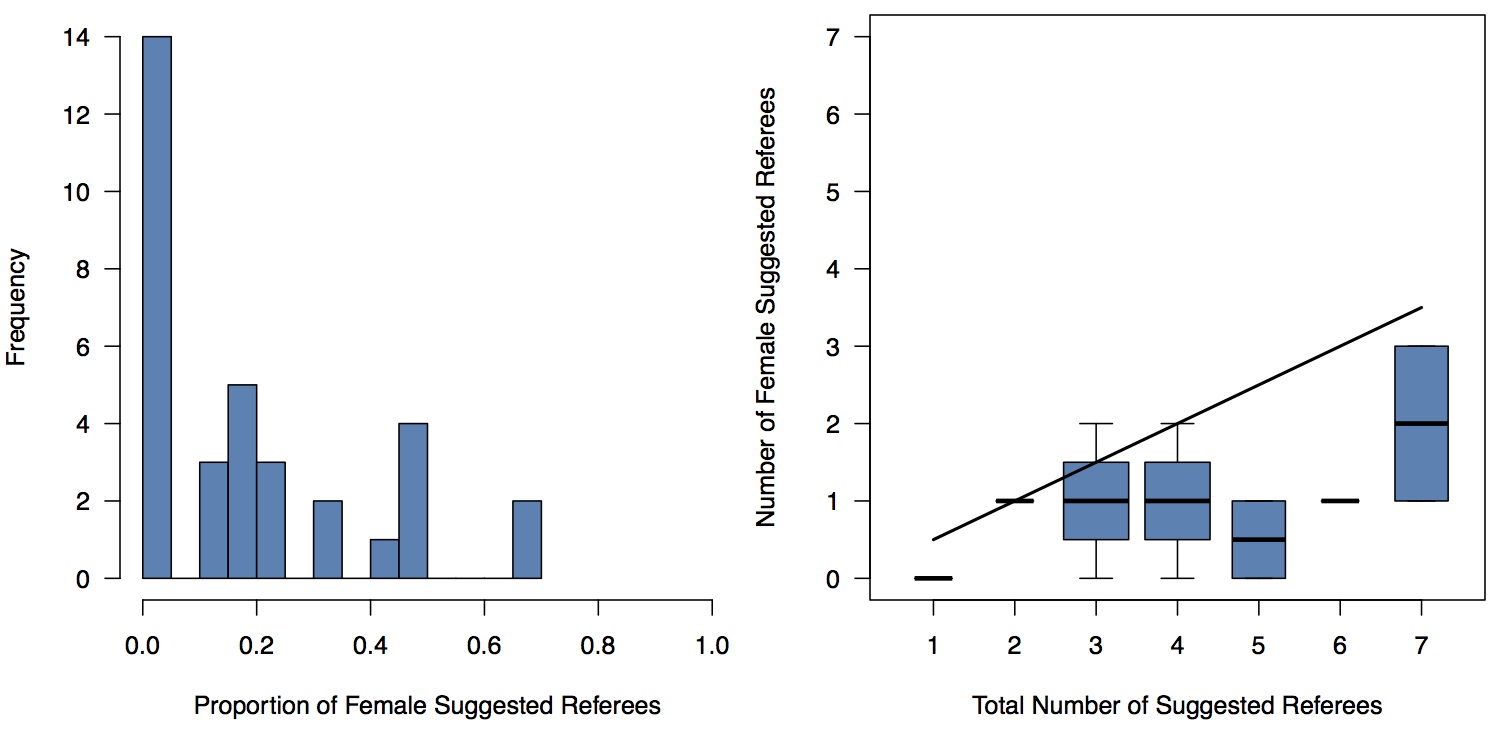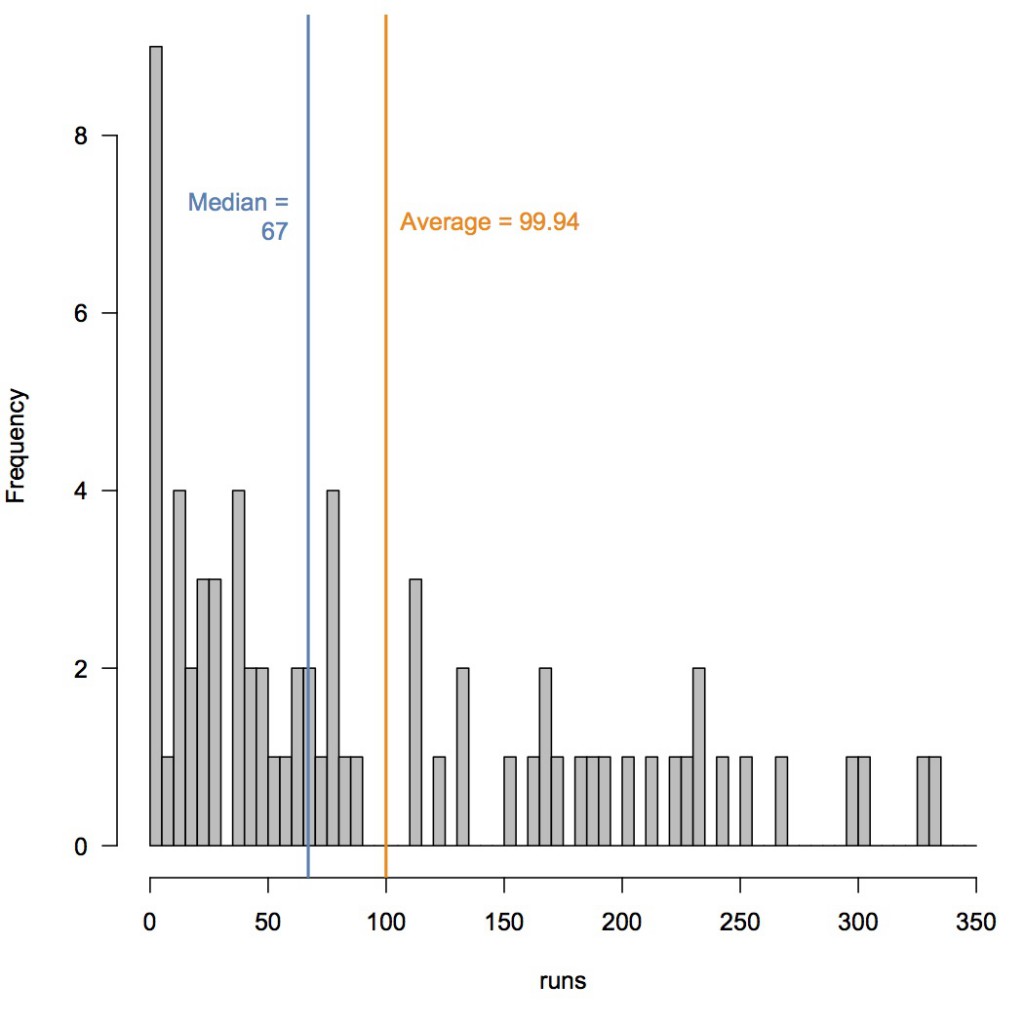At staff meetings and the like, I often find myself channelling Princess Leia. The HoD, faculty head, or whoever will be outlining some pioneering new initiative, but what I’ll hear is General Madine announcing the theft of an Imperial shuttle to the assembled rebels in Return of the Jedi: “Disguised as a cargo ship, and using a secret Imperial code, a strike team will land on the moon and deactivate the shield generator.” To which I incredulously respond (usually - I hope! - to myself), “Who have they found to pull that off?!”
Well, finally - finally! - I get to be General Solo, and my strike team is assembled.
The hazardous, desperate, hare-brained, potentially glorious mission in question? Establishing an interdisciplinary curriculum to deliver to 5000+ second year undergraduate students here at the University of Sheffield. Specifically, I have taken on a part time secondment as an Academic Lead within our new cross-faculty programme, Achieve More, which aims to offer all of our undergraduates the chance to work collaboratively, across disciplines, to better understand some of the major challenges facing society - and how research can help to address these.
Various things attracted me to this post - and one should not underestimate the influence that turning 40 can have on major life decisions - but essentially, I applied because I think it is time to walk the walk of interdisciplinarity. Back in 2007, when I participated in NESTA’s Crucible programme (about which I have written before), I was already pretty sold on the idea the tools required to address global challenges would need to be draw from a range of different disciplines. At a Crucible reception, we heard the head of HEFCE commit to this interdisciplinary agenda, and subsequent funding initiatives in the environmental sector (e.g. Valuing Nature) have backed up this commitment to a certain extent.
But something else they got us to do on Crucible was to design the ‘University of Utopia’ - given a blank slate, how would we go about designing a university? Our plans differed in details - things such as establishing fast lanes so that academics can walk briskly between buildings unimpeded by loitering students, as I recall - but one common thread was that none of us went for a departmental structure. Put simply, if you start from the perspective of questions or challenges - ‘food security’ would be a good example - then it makes little sense to sit all the plant scientists in one building, apart from all the political scientists, historians, chemists, and so on.
And yet, universities are the way they are - to some extent, the way they have always been - and departments are not going away. Initiatives like Achieve More, then, are intended to bring us that bit closer to Utopia. It is no surprise that we are not alone in thinking this way - indeed, I would suggest there is a general trend across the UK higher education sector to offer students broader opportunities, in addition to the depth of disciplinary knowledge that has always HE’s primary selling point. Both Exeter and UCL, to pick a couple of examples, have programmes allowing students to engage with research with a focus on major societal challenges.
In part this is a recruitment tool, sold on employability. For instance, I recently heard digital health entrepreneur Kieran Daly say that businesses such as those he supports are looking to hire T-shaped people - graduates with a breadth of knowledge across disciplines, as well as a depth of knowledge within their core subject. How widely-held this preference is among employers remains to be seen, but certainly some of the key qualities we are seeking to instil - effective teamwork, good communication skills, a range of critical thinking skills, and so on - ought to look good on any CV.
More generally, however, this shift towards a more holistic view of what higher education should deliver can be thought of as an attempt to re-establish the idea of ‘scholarship’ in a 21st Century context. Some existing programmes seem focused much more on enriching the undergraduate experience than on ticking ‘employability’ boxes - see the Broad Vision programme at the University of Westminster, for example, which gets artists and scientists involved in creative conversations and collaborative projects. This chimes really well with my own experiences on Crucible and elsewhere: above all, working outside the comfort zone of your own discipline - especially when you are given the freedom to fail, to talk and collaborate and create but ultimately to come up with nothing functional - ought to be fun.
All very well in theory, then; but the devil, of course, is in the logistics. What separates Achieve More from programmes at other institutions is the scale of its ambition - we want all our students want to participate, not just a highly motivated, self-selected few. Which means that conversations with colleagues typically start with ‘That’s a great idea BUT…’ Better, of course, than ‘That’s a terrible idea AND…’ But the ‘BUT’ is big. And addressing that is what will be keeping me busy for a while.
So if you’ll excuse me, people are relying on me to get that shield down. I just need more time…



